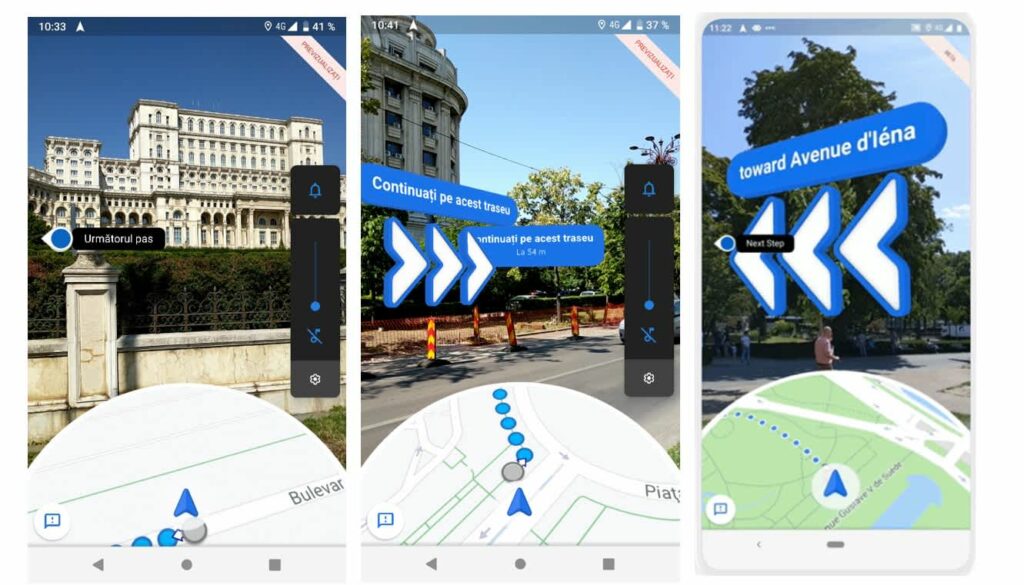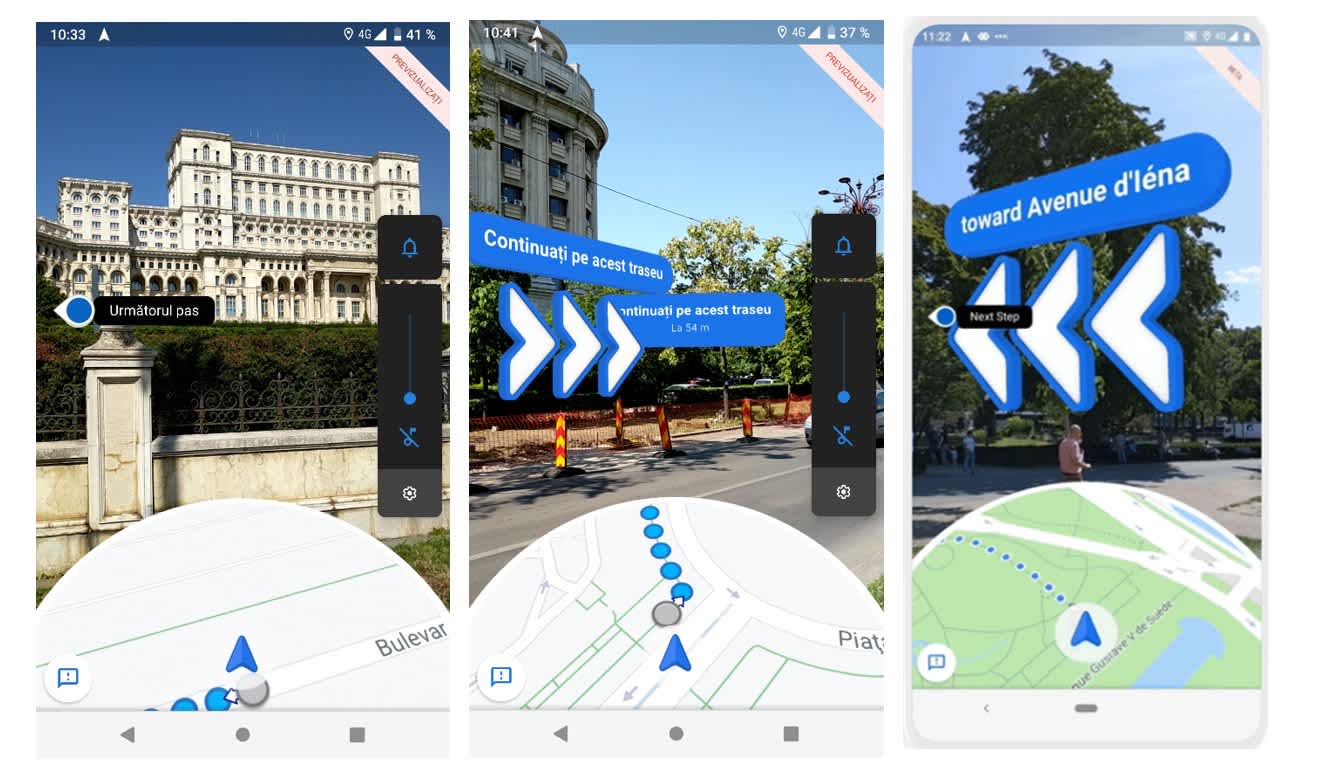Google Maps continues to transform the navigation and exploration experience with the launch of new AI-driven features.
These innovations, designed to enhance the efficiency and personalization of user interaction, include tools like “Live View,” “Immersive View in 3D,” and other significant upgrades.
Live View: Real-Time Information
The “Live View” feature allows users to utilize their device’s camera to identify nearby locations in real time. By pointing the camera, the app overlays relevant information about ATMs, restaurants, transit stations, parks, and more directly on the screen. Users can instantly access details like hours of operation, ratings, and other essential data, making decision-making faster and more convenient.

Immersive View in 3D: Virtual Exploration
The “Immersive View” provides a unique experience by enabling users to explore locations through 3D models created from street-level imagery. This tool allows users to virtually “walk” through an area before visiting, offering a detailed view of urban environments and improving trip planning accuracy.
Additional Google Maps Innovations
In addition to these two main tools, Google Maps has introduced other standout features:
- Lens in Maps: Combines AI and augmented reality to deliver instant information about the surroundings when pointing the camera at a location. This includes details on buildings, businesses, and nearby services.
- Project Greenlight: Optimizes urban traffic flow using real-time data to adjust traffic lights, reducing congestion and carbon emissions.
- Conversational Search: Introduces a chat-based system that allows users to interact with Google Maps naturally, obtaining recommendations and details about specific places.
Impact on User Experience
These updates mark a significant step forward in how people interact with their surroundings through technology. Google Maps positions itself as an essential tool not only for navigation but also for daily activity planning and route optimization.
With these enhancements, the app meets the demands of an increasingly connected world, offering innovative solutions that blend practicality, efficiency, and personalization.
Conclusion
Google Maps continues to lead the evolution of digital mapping applications. These new features not only enhance user experience but also point towards a more efficient and sustainable future for urban navigation. With artificial intelligence and augmented reality at the forefront, Google Maps remains a standard-setter in location-based technology.
